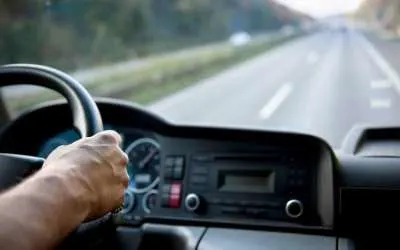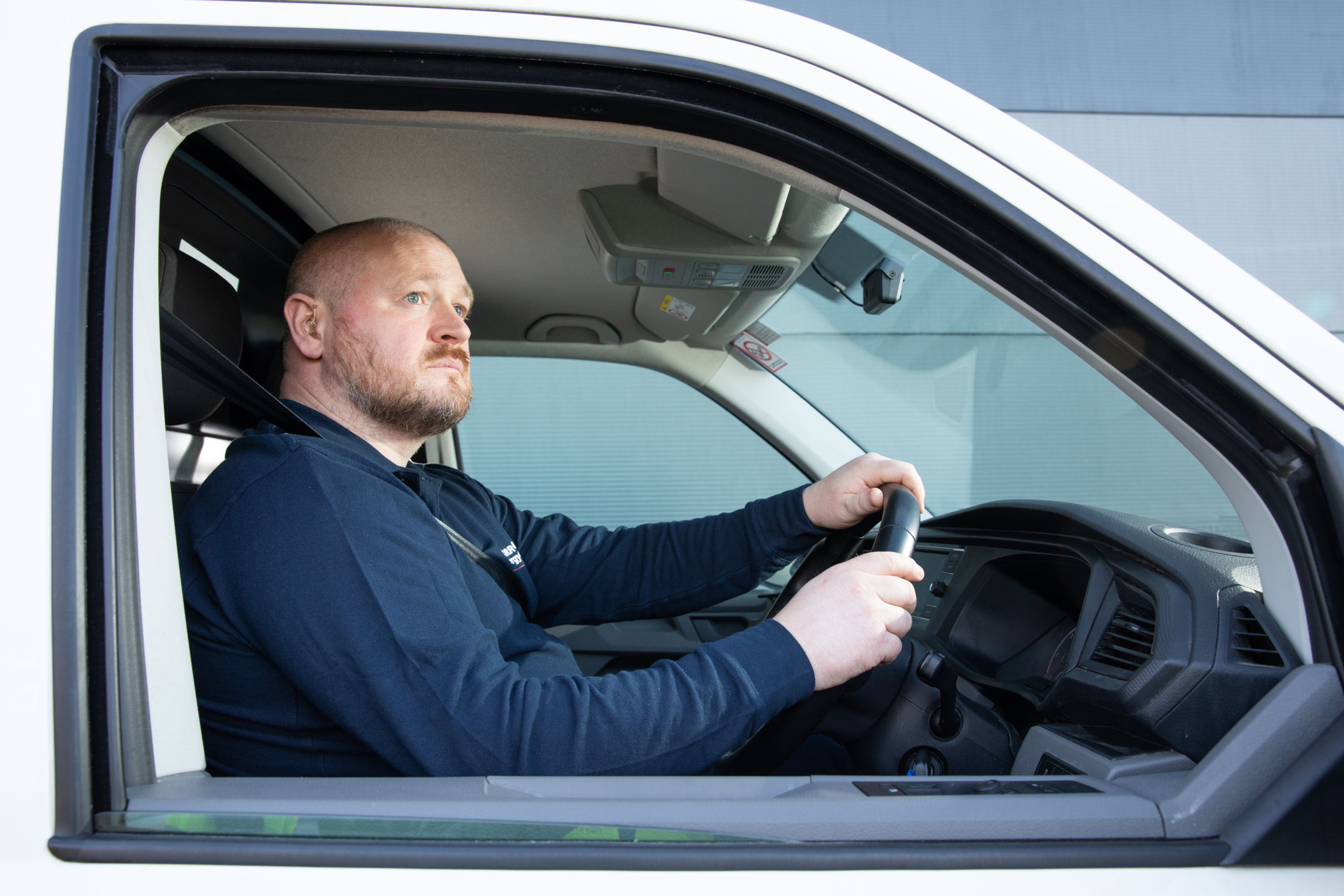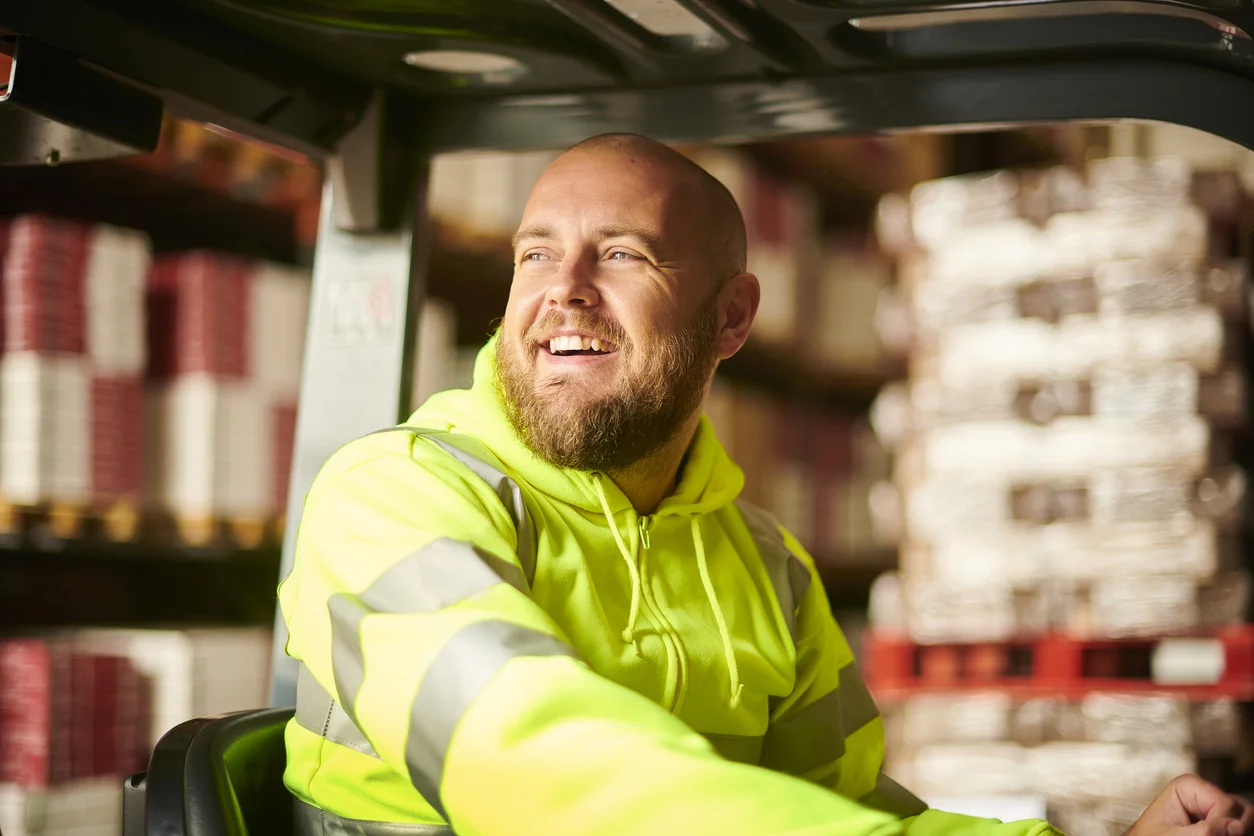Safety
In the Unpredictable World of Fleet Operations, Data Is Helping to Mitigate Risk
March 6, 2023

Senior Director, Sales EMEA

Vehicle fleets—the lorries, trucks, cars and vans that help connect the commercial world—are the driving force behind physical operations. But as every operations manager and business leader knows, running a successful fleet isn't cheap.
The impact of price spikes and interrupted supply chains against a background of global economic turmoil all pose a financial threat. And yet, despite the all-consuming focus on the bottom line, it's not the search for profitability that should be the primary concern for the C-suite.
It's risk.
Risk trends faced by fleet organisations today
Risk covers every corner of a business, from finance and recruitment to customer service and business reputation. But in the unpredictable world of supply chains, risk extends far beyond what may be regarded as normal business functions.
And yet, these unforeseeable supply chain disruptions pale into insignificance when organisations are faced with the risk of ensuring the personal safety of drivers and the general public as they head out onto the road.
In Europe, 2021 numbers from the European Commission show that an estimated 19,900 people were killed on EU roads last year, a 6% increase compared to 2020. And predictions for 2022 aren’t optimistic, with figures for the first seven months of the year indicating that road deaths have increased again, by more than 10% on average. The Commission expressed concern, stating that, “for some Member States, the post-lockdown increase in road fatalities is so significant that it calls for deeper analysis and urgent action.”
It’s a worrying trend both in human and financial terms.
Beyond the terrible human cost, a slew of safety-related incidents not only dents brand reputation for individual businesses but also takes up valuable time and resources that could be spent elsewhere improving operational performance.
It also damages the reputation of an entire industry that plays such a pivotal role in national and global economies.
We only have a partial picture of why road risk occurs
In the UK, 33% of all fatal road collisions are estimated to have occurred when an individual was at work.In 2021 there were 71.9 billion commercial vehicle miles driven (LCVs and HGVs). Globally, Heinrich’s Law states that for every 3 million hazardous situations, there will be 10 major injuries and 1 fatality.
When considered alongside the trend of increasing road casualties, these figures paint a stark picture of the day-to-day risk that drivers face by going out to work. At the same time, we know that drivers themselves have the biggest role to play in amplifying or mitigating that risk.
Take, for example, the four main causes of injuries on our roads. They are:
inappropriate speed
using a mobile phone
not wearing a seatbelt
drink/drug driving
While we are well-versed in understanding what behaviours are inherently risky on the road, it’s not enough to simply tell drivers to “stop speeding” or “wear a seatbelt.” What we need is context, the missing pieces of the puzzle that tell us why drivers—on some level aware of the danger of these behaviours—continue to adopt them anyway.
The answers lie in data.
Data is helping to fuel improvements in road safety
At Samsara, we are seeing businesses across the operations sector turning to data to gain visibility into safety risks, implement proactive driver safety coaching programmes and reduce insurance premiums.
For instance, D & F McCarthy Ltd—East Anglia’s leading wholesaler of fresh fruit and vegetables—uses Samsara’s actionable, real-time data and transforms that into processes that improve driver safety across its business. Despite longer journeys and additions to the McCarthys fleet, the business has seen the number of accidents fall by 75% a year.
Likewise, M Group Services Plant & Fleet Solutions (MGSPFS)—the fourth-largest fleet in the UK with over 8,500 vehicles—also takes a proactive approach to safety risk management. Its safety programme leverages tech like dual-facing AI-powered dash cams to monitor drivers on the road in real time via a remote telematics portal back at HQ.
Data can be a vital tool in proactively reducing the likelihood of incidents. AI-enabled dash cams can spot if a driver is distracted or using a mobile phone, for example, and provide in-cab alerts as part of proactive driver coaching.
In some cases, addressing risk in this way can have unforeseen consequences that put everything into perspective.
Visibility of risk is critical
After implementing Samsara’s AI-powered dash cams, the management team at a food services and logistics company began logging in to the Samsara platform each morning to review fleet activity. One day, there was an alert showing on the dashboard; that morning a driver had been speeding, overtaking in the wrong lane, texting on his phone, and even watching a film on his iPad.
Shocked, they suspected that the behaviour had been going on for months—they simply hadn’t had any visibility before Samsara. The driver was recorded at 4 am and by 8 am they had pulled him back to the depot and terminated his contract.
Thanks to Samsara, the company was able to identify and then quickly deal with the situation. Now they work with drivers to show them video evidence of where they might be going wrong. Drivers can change their behaviour for the better without feeling unjustly blamed. Most importantly, the company has been able to strengthen its core commitment to the safety of its employees and the public.
Future-proofing your business in a world of uncertainty
As any transport manager knows, the only predictable aspect of operating a fleet is that it’s unpredictable, with risk and danger lurking around every corner. The lesson for the C-suite is clear: Enabling fleets to monitor—and act upon—road risk and driver behaviour helps to pinpoint the cause and location of risk within a fleet.
Data—and the actionable insights it can provide—is increasingly becoming the must-have tool for reducing unseen risks across the supply chain as fleets look to improve safety, reduce running costs, improve efficiency and maximise return on assets. Ignore the data and you take the biggest risk of all: inertia. In today’s disruptive world, no organisation will be able to survive by doing nothing.















